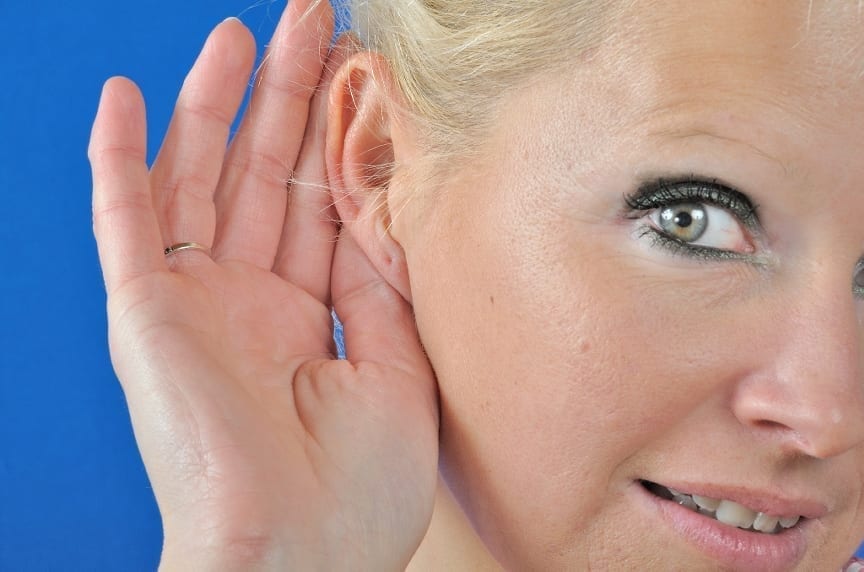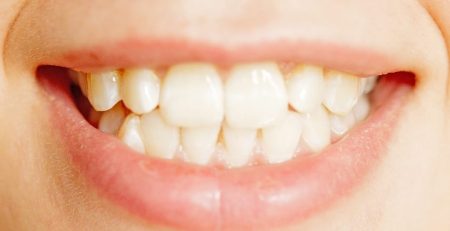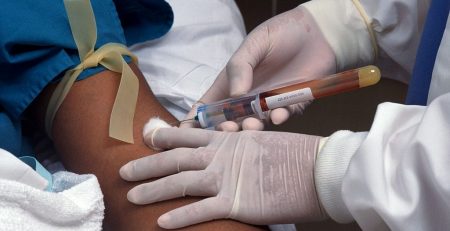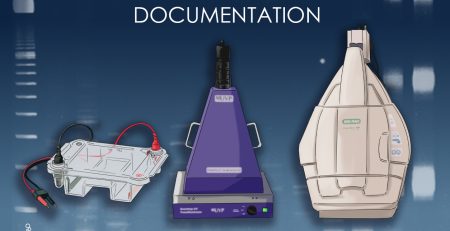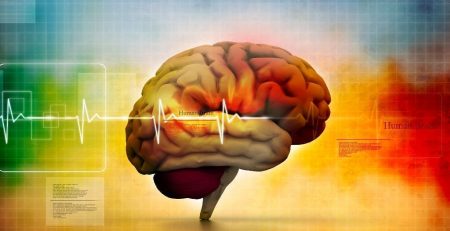Progress in Cure for Hearing
Our ears are in actuality a complex mechanical device. Many other processes like sense and smell have chemical reactions involved. However, our ears are completely mechanical in process. For a complete and simple step by step process on how our ears work, please check out How Stuff Works. They have a great explanation of the various mechanical processes involved in hearing.
Basically during one of the steps of the sound process. The organ of corti, contains thousands of tiny hairs, when these hair cells move they send an impulse through the cochlear nerves. It is basically raw data that is then sent to the cerebral cortex. The brain determines the pitch of the sound based on the position of which hairs sent the electrical impulses. This is a pretty simple explanation of just one part of the hearing process. In actuality it would be like saying you put gas in a car and it runs. There are still tons of processes we don’t understand about hearing and scientists find new mechanical processes every year.
However, scientists in Boston have created a drug that is able to regrow these tiny hairs crucial in the hearing process. Over time the hair cells are damaged by loud noises and are lost naturally during aging. These hairs do not regrow naturally. However, using this drug the scientists coaxed new cells to regrow, which resulted in a some hearing improvement.
The deaf mice weren’t cured and current surgical procedures for cochlear implants have much better results. However, the fact that a non surgical result spurred on by a drug is enormous. Interestingly enough this drug was first developed for Alzheimer’s research. On a side note and also interesting is that there is a proven connection between hearing loss and in an increased occurrence of Alzheimer’s.
It has been known since the 1980’s that animals like birds and fish can regenerate these hair cells naturally. There were previous studies that attempted the same, but unfortunately the procedures were invasive and the results not definitive. Albert Edge is a scientist and professor at both Harvard Medical School and Mass General Hospital Eye and Ear. Edge decided to start at the root of the problem and follow what causes cells to turn into these hair cells.
Albert Edge already knew about a class of drugs called gamma-secretase inhibitors and one of the know side effects which is that it caused a process called notch. However, this is exactly what Edge needed. The drug is also known to cause side effects and to avoid that Edge by essentially injecting the drug locally into the ear of the mice. Within a month new hair cells had grown. Given the cells are so tiny, to identify the new hair cells that scientists tagged the previous cells with fluorescence. Thus being able to clearly see which new cells were grown.
While this no way a cure for hearing, this is a first step down that path and a revolutionary discovery. We look forward to hearing more on this subject and more discoveries. Thanks to Prof. Edge a great step has been taken towards a great future.
Other relevant articles




